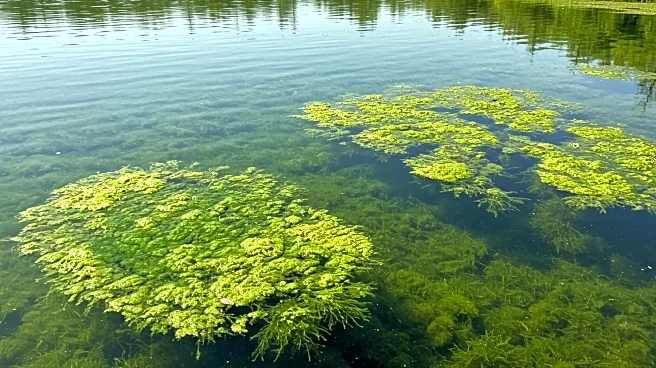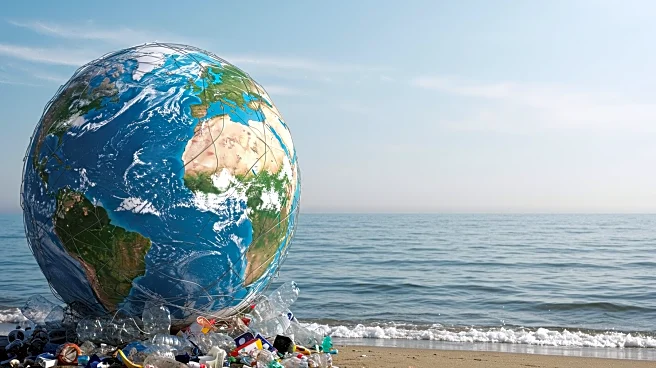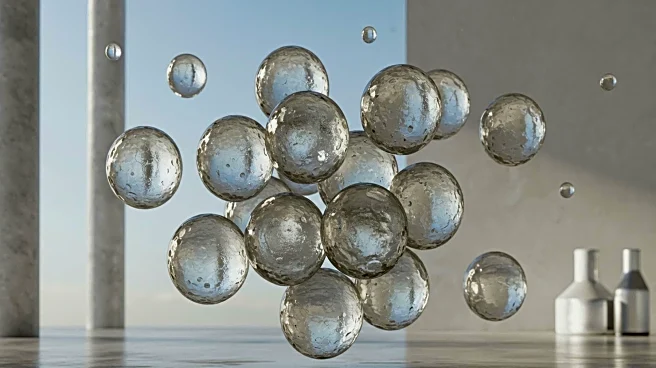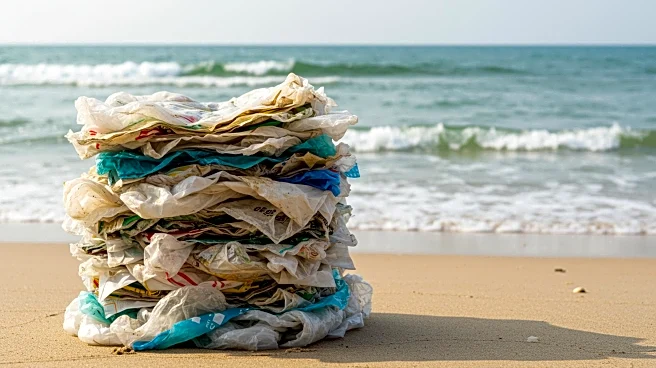Rapid Read • 6 min read
A recent study has investigated the use of cow dung waste (CDW) as an eco-friendly adsorbent for removing Alizarin Red S dye from water. The research highlights the effectiveness of chemically treated cow dung waste, which shows improved sorption properties such as increased surface area and porosity. Acid and base treatments enhance the adsorptive potential of cow dung, making it a viable option for water purification. The study also examines the impact of pH, adsorbent amount, and contact time on the adsorption process, revealing that lower pH levels and increased adsorbent quantities improve dye removal efficiency.
AD
This research offers a sustainable approach to addressing water pollution caused by synthetic dyes, which pose environmental and health risks. Utilizing cow dung waste, a readily available and low-cost material, could reduce reliance on conventional chemical adsorbents, lowering treatment costs and minimizing environmental impact. The study's findings could influence water treatment practices, promoting the use of natural materials in pollution management and supporting efforts to improve water quality.
The use of cow dung waste in water treatment raises considerations about potential contamination risks, such as bacteria and heavy metals. Future studies may focus on ensuring the safety and effectiveness of untreated cow dung waste, exploring methods to mitigate contamination while maximizing its adsorptive capabilities. This research also underscores the importance of developing eco-friendly solutions in environmental management, aligning with broader sustainability goals.
AD
More Stories You Might Enjoy











